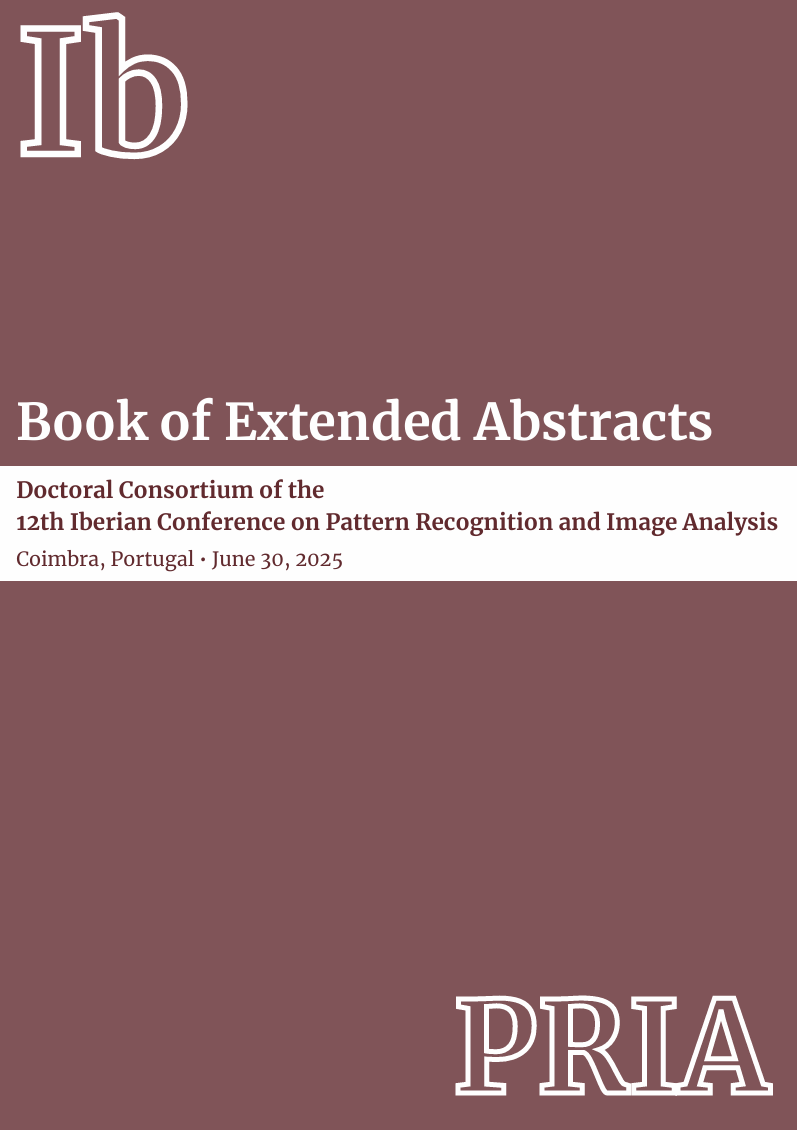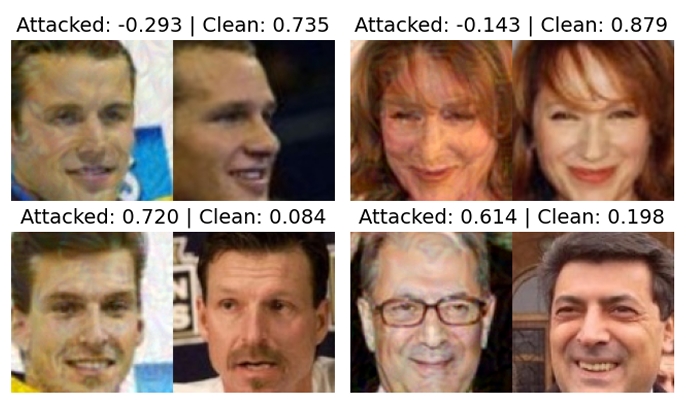Prof. Nuno Gonçalves is researcher at the Institute of Systems and Robotics – University of Coimbra and Tenured Assistant Professor at the Dept. of Electrical and Computers Engineering of the University of Coimbra. He received his MsC and PhD degrees in 2002 and 2008, respectively from the University of Coimbra.


© 2024 VISTeam | Made by Black Monster Media

Institute of Systems and Robotics Department of Electrical and Computers Engineering University of Coimbra